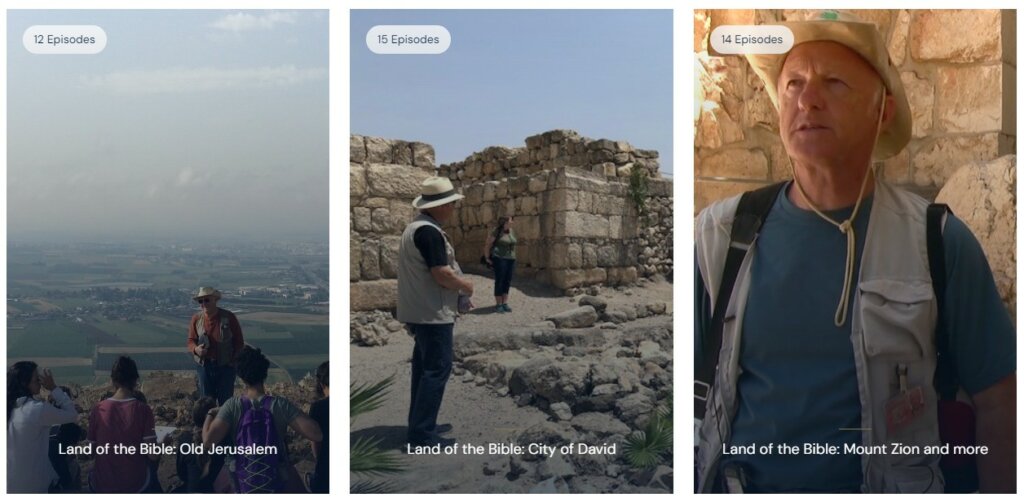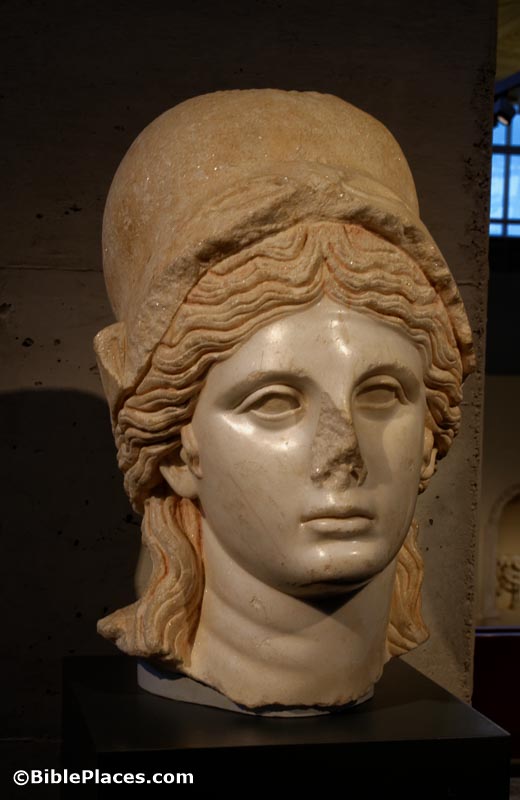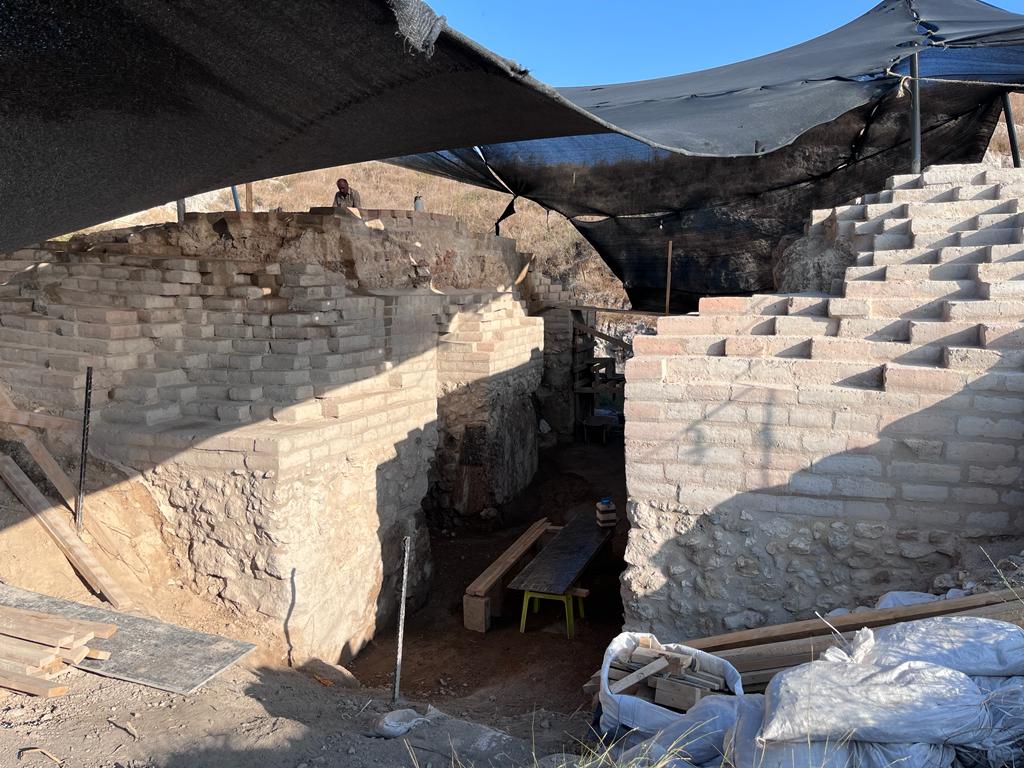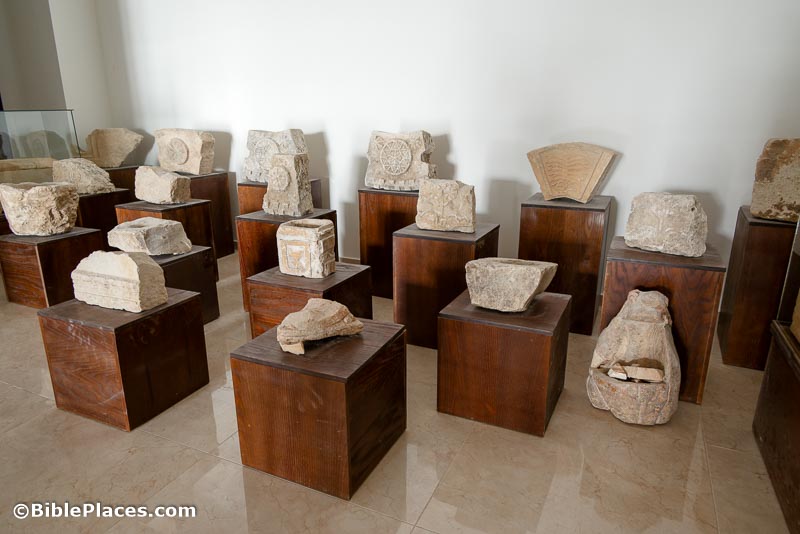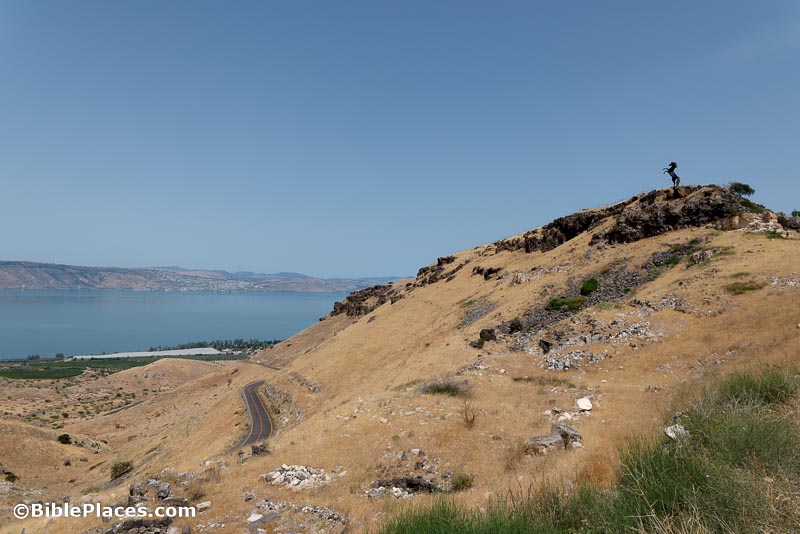Aren Maeir and colleagues have written three articles in the forthcoming Israel Exploration Journal that raises questions about the Mount Ebal “curse inscription,” including “whether it is an inscription, its dating, its function (it is most probably a mundane lead fishing weight) and other issues.” The story is reported by The Jerusalem Post and Haaretz.
A new study of lion bones discovered at Tel Burna suggests that local leaders displayed them as trophies of their prowess. Ruth Schuster’s article includes a lot of more general information about lions in the ancient world.
Zoom lecture on Dec 6: “The Schooling of a Scribe in Ancient Israel,” by Christopher Rollston, hosted by the Anglo-Israel Archaeological Society.
The Near East Archaeological Society has a list of twenty papers given at the recent conference in San Antonio. Videos of three of the presentations have been posted:
- The Kingdom of the Palastin: Sea Peoples of the North?, by Brian Janeway
- The Late Date versus the Early Date at the Mount Ebal Altar, by Abigail Leavitt
- Fifth Excavation Season at Shiloh, by Scott Stripling
Bryan Windle surveys the top three reports in biblical archaeology for the month of November.
Bible Mapper Atlas links to a series of free maps related to Christmas.
Carl Rasmussen is leading a “comprehensive 35-day Bible Study Tour to Israel/Jordan, Turkey, and Greece.” Participants can join one or more of the segments of the trip. (The Turkey portion looks particularly outstanding to me.)
Kristine Garroway discusses children in ancient Israel in the latest episode of Biblical World.
HT: Agade, Arne Halbakken, Charles Savelle, Joseph Lauer
